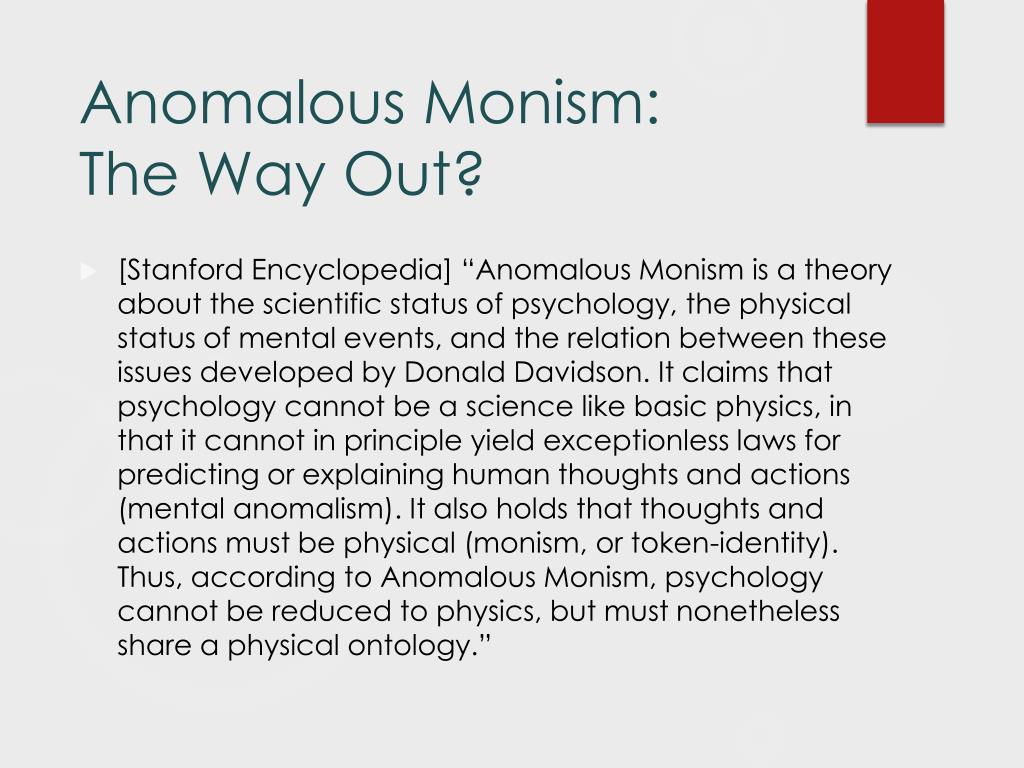Consider a 50-year-old man named Doug who notices that his energy level and libido are lower than they used to be. He feels something is wrong with his health and schedules an appointment with his physician. The physician does a complete physical exam, including a check of his heart, lungs, abdomen, and lymph nodes. No abnormalities are noted. Lab tests are ordered, including a complete blood count, a comprehensive metabolic panel, a depression screen, and thyroid and testosterone levels. All return “within normal limits.” The physician tells Doug that all his tests are within normal limits. But Doug is convinced that something is wrong, insisting that he should feel better than he does. Given the growing recognition that patients often experience epistemic injustice in these settings, such as presumptions that their testimony is unreliable or their interpretations of the experience of illness are inadequate, there are high stakes in navigating clinical encounters like Doug’s.
How do we decide what is healthy and what is a disease? Is being “overweight” a disease? When do high levels of alcohol intake become a disease? Is low libido a health problem? Questions such as these are often used to introduce students to the complex concepts of health and disease, especially in undergraduate courses focused on the philosophy of medicine. Key distinctions are introduced to help pry apart a variety of perspectives about health and disease: Neutralism (health is a state of no disease) versus Positive Health (health is “complete physical, mental and social well-being”); Objectivism (facts determine whether you are healthy) versus Subjectivism (the patient’s assessment determines whether they are healthy); and Naturalism (health or disease only depends on biological or physical facts) versus Normativism (health or disease depends on evaluative or normative considerations).
Philosophical discussions of these distinctions related to health and disease are generally assumed to be positions held by individuals. However, clinical medicine in real-world settings is ideally a dialogue between patients and their clinicians. This back-and-forth conversation, which we focus on here, presumes a dialogue that is inherently ethical, given the role of patient autonomy. Once this ethical dialogue is conceptualized explicitly, it suggests distinctive patterns of information gathering from patients that can be taught in medical school and residency to better equip the next generation of physicians.
Why Clinical Context Matters, Epistemologically and Ethically
Conceptual questions matter because they relate directly to medical practice: How does one select reference classes for evaluating someone’s health? How do we ascertain whether a patient displays indicators (e.g., risk factors or precursors) when being seen by a clinician? How does one decide on different categories of injury, pain, disorder, or disease when diagnosing? How does one balance patient complaints with physician concerns?
The principle of respect for patient autonomy should be an ethical presumption in almost all clinical contexts. This involves an obligation to refrain from subjecting patients to controlling influences. If a patient expresses concern that they do not feel well, and a basic investigation by the clinician concludes that there is “nothing wrong,” then there is a disconnect between the patient’s view of their health and the physician’s observations. A dialogue is then required to care for the patient’s concern independent of the absence of a clear pathological indicator, both because this respects their autonomy and because clinicians are responsible for caring and curing. The relevance of care is more difficult to appreciate when judgments of health and disease are abstracted away from a patient’s visit to a doctor’s office.
Care involves learning about the patient’s perspective, which might differ from the physician’s. Most healthcare providers recognize its importance because the physician-patient relationship is viewed in terms of shared medical decision-making. The conversation leading to this outcome requires incorporating (in some form) the patient’s values and preferences, even if they do not align with the clinician’s. The process leading to shared medical decision-making is not only ethically appropriate but also has epistemological consequences.
Abstract discussions of health and disease focus on output (is X a disease? Is the patient healthy?); the clinical context of diagnostic judgments makes the inputs and processes more salient. Patients are willing to say more or less (or nothing) based on their perception of the clinical situation. If a provider does not engage in this dialogue effectively, they cannot secure an accurate perspective from the patient. Patients do not always present unambiguous indicators of a potential condition, and their responses to preliminary prescriptive suggestions can prompt both a better articulation of what is occurring and a refined viewpoint about patient concerns (on the part of the clinician). Judgments about what is or is not healthy emerge through iterative clinical encounters.
Hypothetical Examples and Consequences
This general argument for the importance of the clinical context in assessing the nature of health and disease involves an entanglement of epistemology and ethics. To keep care alongside cure and explicitly consider the patient’s perspective is to treat them as autonomous individuals with decision-making capacities and personal interests. The clinical setting is suffused with these ethical considerations independent of specific moral quandaries that physicians or patients might encounter with respect to particular diagnoses or treatment plans.
How might the clinical dialogue involve differing philosophical viewpoints? Consider the naturalist/normativist lens. One can assume that most patients are similar to Doug and tend to have a normativist bent. Feeling unwell is negatively valued and, therefore, a common reason to come to the clinic. Alternatively, preventive medicine visits are designed to evaluate individuals who may be asymptomatic. In either case, tests assess whether individuals fall outside the range of health norms from a naturalist viewpoint. Clinicians likely have a bent toward this standpoint as medical school and healthcare training tend to focus on clinical pathologies. In addition to their training, a clinician’s views may be affected by their upbringing and clinical experience. Regardless of one’s specific viewpoint, a goal for clinicians should be to minimize their own philosophical orientation and be flexible given the patient’s viewpoint because of considerations of autonomy.
A schematic of potential interactions between a clinician and patient on the naturalist/normativist scale may be seen via a framework such as Table 1. If both are naturalists, as in scenario A, then there’s alignment. Further evaluation is only needed if test results are abnormal. In scenario B, the diagnostic testing may be normal, yet the patient might not feel well. This may lead to a conflict in shared medical decision-making, as we saw in the case of Doug. Additionally, there may be a conflict if the diagnostic testing is abnormal, yet the patient feels well and adheres to a normativist orientation. Scenarios C and D are likely less common given patterns of medical training but are still potential sources for conflict or alignment, respectively.
Table 1
| Scenario | Clinician | Patient | Diagnosis (Shared) |
| A | Naturalist | Naturalist | Alignment |
| B | Naturalist | Normativist | Conflict |
| C | Normativist | Naturalist | Conflict |
| D | Normativist | Normativist | Alignment |
The bottom line is that a judgment about health or disease is a relational property that emerges from an ethical dialogue between the patient and their clinician. Abstracting away from this iterative process in the clinical context when teaching about concepts of health and disease in medicine misses a major aspect of clinical care.
Practical Recommendations
If we conceptualize the medical visit as an iterative, ethical dialogue—from the diagnostic process of determining health versus disease to the treatment discussion of shared medical decision-making—then practical recommendations emerge. For example, sufficient time is needed to have these kinds of conversations, an inherent challenge in modern medicine. Also, information gathering should include not only standard items, such as a subjective history based on a patient’s experience and an objective physical exam or diagnostic tests, but also information about the patient’s philosophical viewpoint on health and disease. Although some clinicians may already take mental notes about these things, making it explicit is conducive to grappling with the conceptual issues at the intersections of health and disease. This can help clinicians better understand patients (and vice versa) when there is a disconnect or conflict in the discourse.
Clinicians need to recognize that most medical training assumes a naturalist viewpoint. Although clinicians are taught to “treat patients and not lab tests,” in our experience, this is a small part of the training and not sufficiently emphasized. For example, the normativist viewpoint is sometimes discussed superficially without an understanding of its rich philosophical heritage deriving from ancient medical practice. A greater understanding of the nuances of normativism and other distinctions related to health and disease can equip clinicians to be more compassionate when the patient’s perspective diverges from the clinician’s, such as in Doug’s case, where the patient does not feel well despite all tests returning in the “normal range.”
More generally, experts, whether philosophers or physicians, lack consensus about the nature of health and disease. The heterogeneity of viewpoints among philosophers, who have vigorously debated these issues for years, is also present among clinicians and the wider public, which comprises medicine’s base of patients. This means it would be irresponsible for evaluative categorizations of health or disease to be applied without consideration of the patient’s perspective. The preferable path is to engage in this ethical dialogue more routinely during clinical visits.
Drs Love and Stovitz co-teach an upper-level undergraduate course, “Disease, Diagnosis, & Intervention: Conceptual Issues in Medicine.”
Acknowledgments: We are grateful to Corey Dethier, JP Gamboa, Richard B. Gibson, Dana Matthiessen, and Lauren Wilson for helpful comments and suggestions on an earlier draft of this entry.
The post The Nature of Health and Disease in Clinical Settings first appeared on Blog of the APA.
Read the full article which is published on APA Online (external link)





